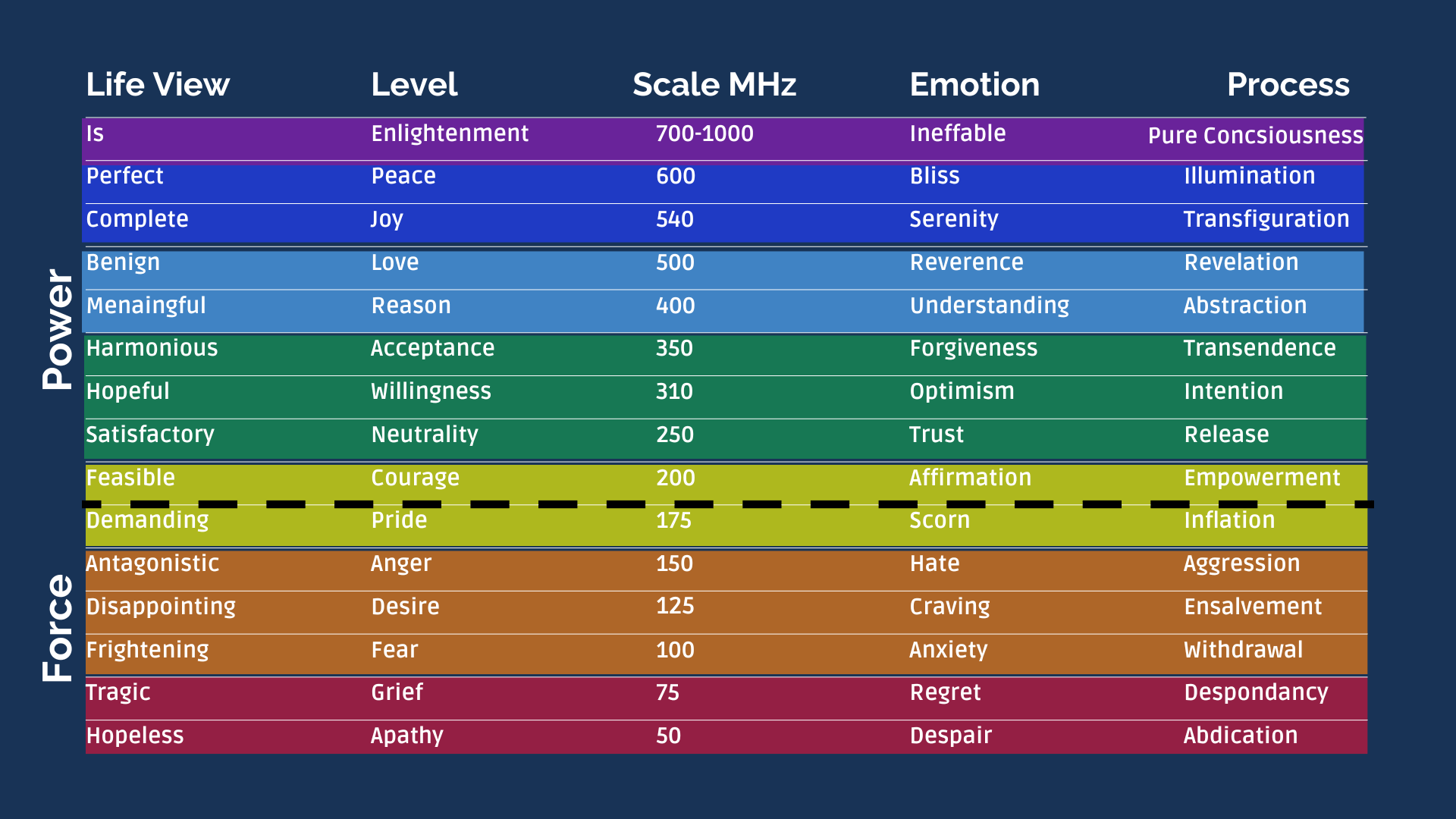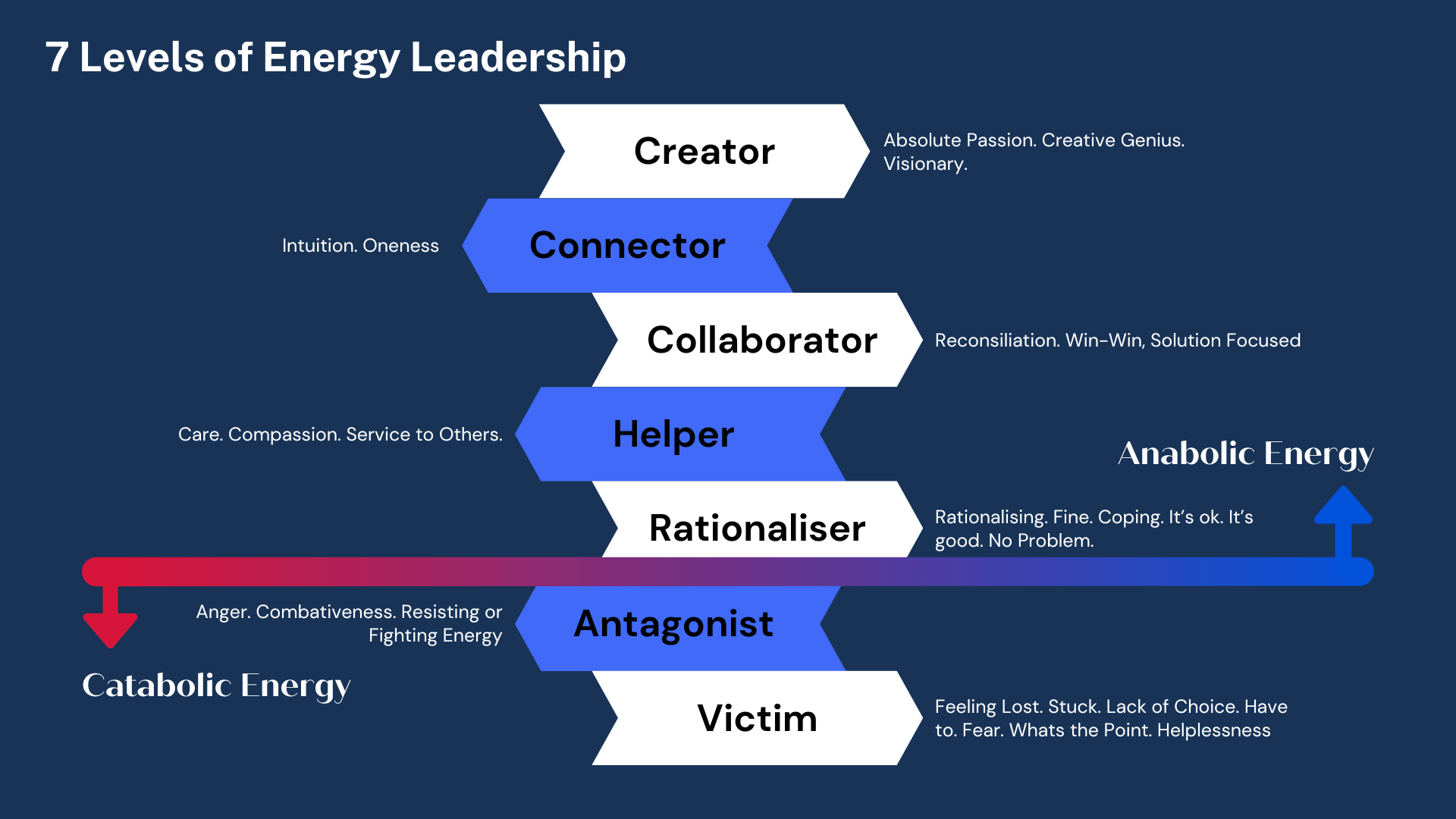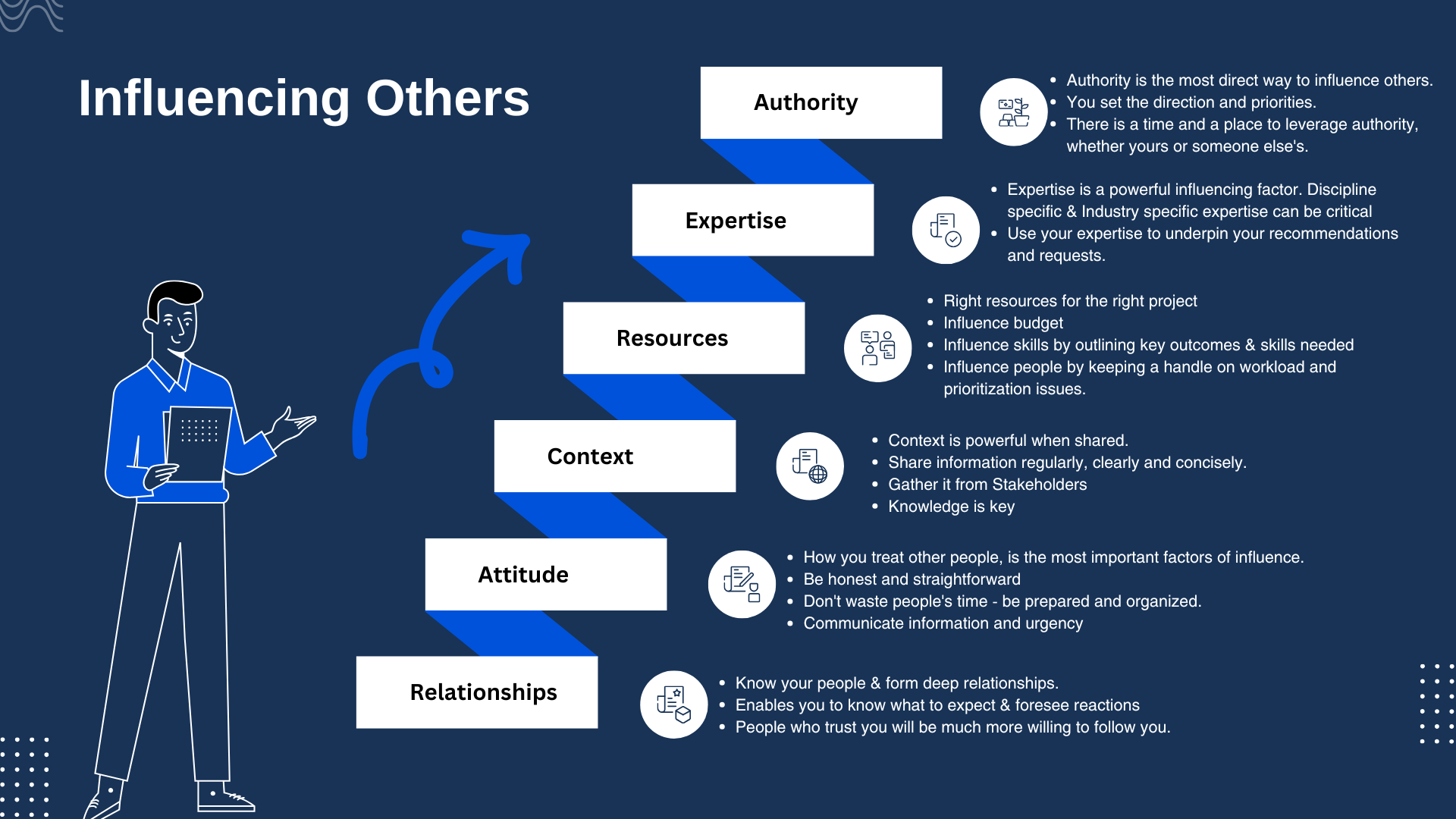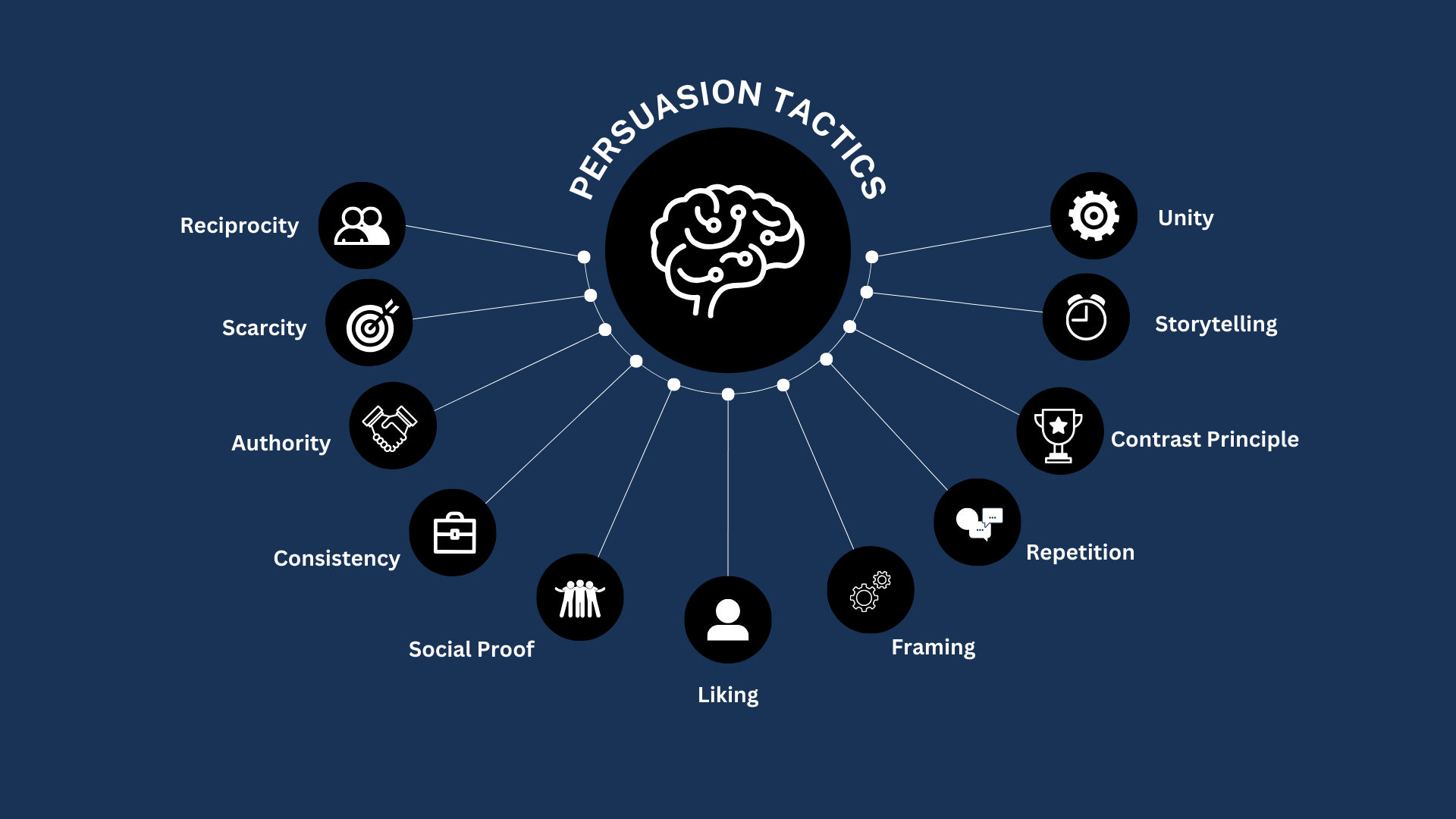Influence is what you have, when you walk into a room and say nothing at all!
In leadership, there is a quiet force more powerful than control; it's the ability to influence without authority. True influence doesn’t rely on titles, roles, or direct power over others. It emanates from your own personal energy, the vibration you carry, the connection you foster within you to that source and hence the connection with others. When you walk into a room, your presence speaks volumes before you even open your mouth. This is personal power, something that cannot be taken or given; it must be cultivated. At the core of this influence lies shadow integration, a journey to achieving peace with yourself where there’s nothing to “fix” and you stand whole and complete.
The Spiritual Foundation: Energy and Vibration
At the heart of spiritual and energetic influence is the understanding that everything in the universe is energy; including us. Our thoughts, emotions, and actions all carry a vibrational frequency. In leadership, it is the same, this vibration is felt by those around us, consciously or subconsciously as you go through your work day
Dr. David R. Hawkins, in his book Power vs. Force: The Hidden Determinants of Human Behavior, explores the difference between true power, which emanates from within and aligns with truth and integrity, versus force, which relies on external control and authority. Hawkins introduces a scale of consciousness that maps human emotions, motivations, and behaviors, showing how one can rise to higher states of awareness, fulfillment, and peace. This scale, measured in megahertz, gives insight into the energetic frequency behind each level of human emotion, from fear to love, and ultimately enlightenment. As a leader, when you do the internal shadow work and operate from higher-level emotions like joy and peace, the impact you have on others is profound, creating an atmosphere of growth and well-being. Leaders who operate from lower emotions like fear and anger tend to evoke stress and conflict. Awareness of these states and understanding where you are on this scale is crucial to evolving your influence.

High-vibrational, or anabolic energy, aligns with qualities like authenticity, compassion, love, vision, and empowerment. This is often described as “uplifting, building energy” because it is creative and empowering. It’s the energy that fuels impactful leaders who uplift and inspire those around them. Think about those times you spent with someone and walked away feeling energized and uplifted—this is the effect of anabolic energy. Conversely, low-vibrational or catabolic energy is driven by fear, anger, and victimhood, creating tension and draining those in the room.
Anabolic leaders operate with a focus on long-term outcomes and collective well-being. Their influence doesn’t depend on what they say but rather on who they are being. People are drawn to these leaders, feeling empowered and motivated to participate in something bigger than themselves. This authentic influence naturally follows from the inner work they have done, aligning with their core values, belief in self and higher purpose.
In coaching, there is an assessment known as the ELI, which has come from iPEC, with years of data supporting the model. The premise is that there are 7 levels of leadership you can operate from, see image below. Now, as you do more inner work and integrate that shadow, finding joy and peace, you actually move up through the leadership scale too, becoming more of a transformational leader, who is that visionary, who sees unity and is incredibly creative, who doesn't get triggered and sees the value in everything and everyone. It is always a win win. It does take the inner work to operate from that level most of the time.

Anabolic Energy: Constructive Influence
Anabolic energy is about building, expanding, and creating win-win solutions. Leaders or individuals who harness this energy stretch from creative visionaries to rationalists, and everything in between, as per the image above there are 5 levels of energy leadership in the anabolic energy group. They are focused on long-term outcomes and the collective good where everyone wins. They see the bigger picture, guiding their teams with clarity and optimism. They influence not by what they say, but by who they are BEING and how they show up. People are drawn to them because they feel energized, empowered, and part of something bigger than themselves. They cultivate this because they have done the internal work and it emanates from them.
These leaders don’t need to push or control others because their vision and enthusiasm create a natural pull. Their influence comes from their authenticity and their ability to maintain alignment with their core values and higher purpose.
Catabolic Energy: Destructive Influence
On the other side, catabolic energy is driven by fear, control, and anger. Leaders or individuals operating from this space may use tactics of manipulation, coercion, or blame to get results. It is always someone else's fault, not their own fault, lack of action, or inabilities. This type of energy can temporarily motivate people through coercion, but it comes at a high cost; burnout, disengagement, and a toxic work environment. There are two types of energy leadership in the catabolic group.
Catabolic energy is often reactive. A leader caught in this energy might feel like a victim of circumstances, or believe that force and control are the only ways to achieve goals. While this type of influence can produce short-term results, it’s destructive in the long term, eroding trust, morale, and even the leader’s own sense of fulfillment.
So which group are you usually in? If you are really curious ask me about the energy leadership assessment that you can take, that will give you a report on your exact mix of the above & levels and which two are your primary and secondary modes of leadership in both day to day situations and in stressful situations; when, you know, reasoning goes out the window!
In contrast, catabolic energy is driven by fear, control, and anger. Leaders who operate from this energy use manipulation, coercion, or blame to achieve their goals. Catabolic leaders often feel that force and control are the only ways to succeed, and their influence may bring short-term results but at the cost of long-term well-being, morale, and trust. Catabolic energy erodes relationships, leading to burnout, resistance, and a toxic work environment. A leader caught in this energy might feel like a victim of circumstances, and looks to control information, hoard it, rather than share early and share often. A key distinction here is that catabolic energy is reactive—fueled by insecurity or fear. Leaders in this space may constantly feel under threat and rely on force, rather than connection, to steer their teams. This constant defensiveness stifles creativity and breeds a culture where self-preservation overshadows collaboration.
Influence vs. Persuasion
Understanding the difference between influence and persuasion is crucial for leaders who wish to lead without authority.
Influence is the lasting impression you leave on people through your energy, actions, and the example you set. It is subtle and often happens unconsciously. You influence others by embodying the principles and values you wish to see in them. This is an inside-out approach, where your inner state directly impacts your outer relationships and results. Influence is what you have when you walk into a room and say nothing at all! It motivates & aligns people towards something, without any effort. It’s Passive. Below are the 6 elements of influence that you may or may or not have:

Persuasion on the other hand, is about tactics. It involves consciously shaping others’ beliefs or actions through specific arguments, reasoning, or appeals. Persuasion is often necessary in leadership when you need to align stakeholders, gain buy-in, or present ideas. Persuasion without influence can feel transactional without the deeper connection that influence creates. Persuasion tactics can be used to spur someone to action, or to make a decision without actually earning their sincere buy-in. It’s active! Below are some of the persuasion tactics you can utilise to gain buy in:

Think of influence as the steady undercurrent of leadership, while persuasion is the tool you use to guide and direct. When the two are combined with anabolic energy in your way of BEING, you become a powerful leader who not only drives results but does so in a way that leaves people feeling respected and engaged.
Leaning Into Anabolic Energy to Influence
As a leader, you have the ability to choose the energy you bring to each situation! To lead without authority, it’s essential to recognize and shift away from catabolic energy and lean into anabolic energy. This requires self-awareness and the ability to manage your own emotional and mental state. To integrate your shadow so you don't get triggered, to see the possibilities everywhere, regardless of the blockers and circumstances. This is part of your attitude, which will then help you build strong relationships, where context is exchanged freely and resources are shared. Inside of that you build your own credibility and expertise; eventually leading to opportunities where you might have positions of authority, or at the very least, leadership presence and gravitas.
Below are a few ways to cultivate anabolic energy in your leadership:
- Ground Yourself in a Vision - Leaders who operate from anabolic energy are clear on their vision and purpose. They know what they stand for and are committed to serving something greater than themselves. When you are grounded in a clear vision, it creates a natural influence because others can sense your direction and confidence.
- Lead with Empathy - Empathy is a hallmark of anabolic energy. By deeply understanding the needs, motivations, and challenges of those around you, you can connect on a human level. This builds trust and fosters a sense of collaboration, making it easier to influence without resorting to authority or control.
- Embody the Change You Wish to See - Influence starts from within. If you want others to adopt a certain mindset or behavior, you must model it consistently. When your actions are in alignment with your words, and when you are authentic in your leadership, people are naturally drawn to follow.
- Choose Win-Win Solutions - Catabolic energy sees the world through a lens of scarcity and competition—there’s a winner and a loser. Anabolic energy, however, looks for win-win solutions, where everyone can benefit. In leadership, this means creating environments where people feel valued and heard, which builds loyalty and trust.
- Maintain High Vibration - Maintaining a high vibration means regularly checking in with your own energy. Are you approaching situations with a mindset of abundance, love, and possibility? Practices like meditation, mindfulness, and gratitude can help you stay in anabolic energy, even in challenging situations.
- Always assume Best Intent - Everyone comes at their job with best intentions, given what they know about the job and the context around them. They never intentionally go out of their way to make your day miserable. More often than not they are missing context and usually that context has to come from those above them. The more context (information, decisions, directions, etc) the better the decision making will be on your team and with individuals.
- Do the Shadow Work - Identify your GRAILS (Gremlins, Rigid Rules, Assumptions, Interpretations, Limiting Beliefs, Stories) and Cognitive Distortions and work on them, unpacking them enough to realise they have no validity; most are ancestral patterns & behaviours you inherited when young and you never questioned them. Or they happened in a moment of trauma; that trauma being on a scale of experience. Start pushing on your own thinking & boundaries and testing the validity of these thoughts; this is your biggest gift to yourself and to the relationships around you; that you can give. So get in there!!!
The Silent Power of Energetic Influence
Ultimately, leadership without authority is about mastering your own energy and using it to influence others in a constructive, compassionate way. When you cultivate personal power through high-vibration, anabolic energy, you become a leader people want to follow—not because they have to, but because they are inspired to. This kind of influence transcends tactics, transcends roles, and taps into the deeper, spiritual connection we all share.
By leading with energetic influence, you are not just getting things done—you are elevating everyone around you, creating a ripple effect that goes far beyond the immediate tasks or outcomes. You are influencing from the inside out, guiding with purpose, and making a lasting impact on the people and the world around you.


0 Comments